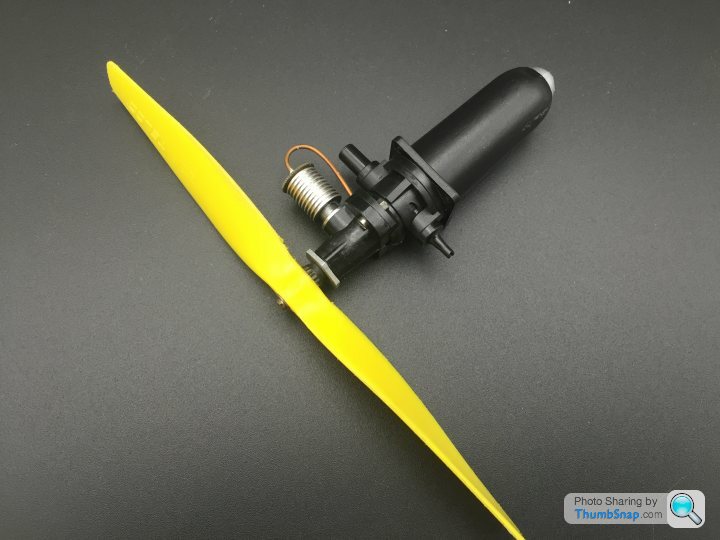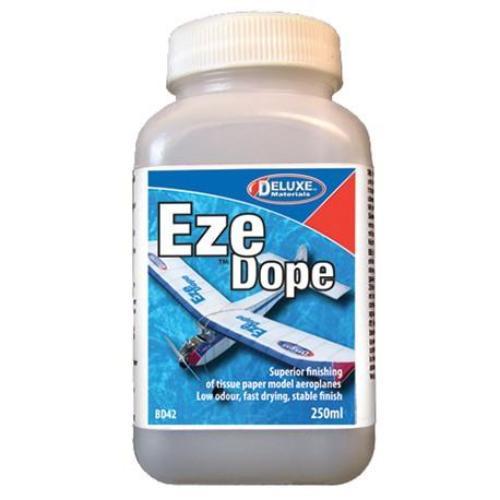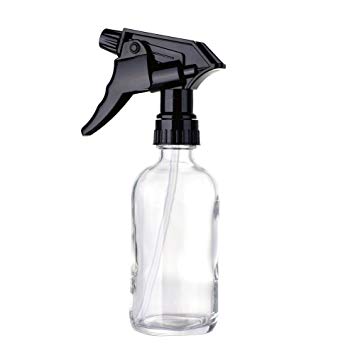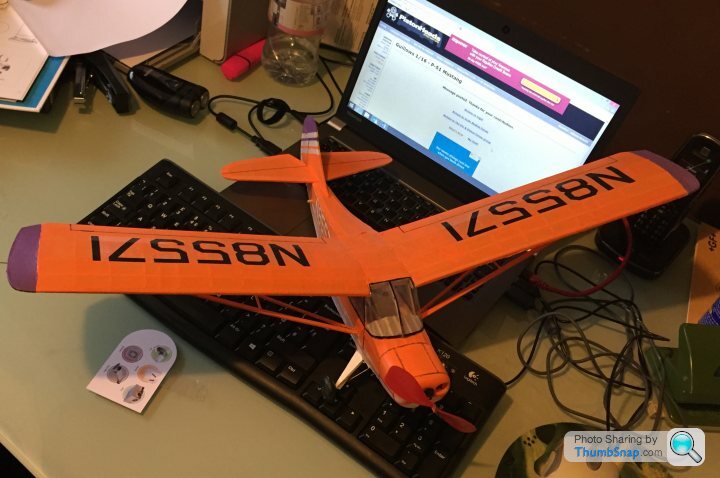Paper cover for Spitfire
Discussion
We ( me and grandson ) are coming to the end of the build of a balsa wood Spitfire , due to one or two mistakes , it will be a static model .as i doubt it would fly without going into self destruction mode
The next stage is the paper cover , simply , which adhesive do we use to stick the paper to the air fame
And then I presume we seal the paper before painting
The next stage is the paper cover , simply , which adhesive do we use to stick the paper to the air fame
And then I presume we seal the paper before painting
It’s normally tissue and dope for the covering:
https://m.youtube.com/watch?v=zrx8v0oks1c
I’ve used some iron-on stuff called Litespan, not sure if you can paint it though.
Google is your best friend for this kind of thing. Good Luck!
https://m.youtube.com/watch?v=zrx8v0oks1c
I’ve used some iron-on stuff called Litespan, not sure if you can paint it though.
Google is your best friend for this kind of thing. Good Luck!
When I built balsa and tissue models many years ago I used to use special tissue paste to attach the covering to the underlying frame and then tighten up the paper using cellulose dope (hmmmm... I can still remember that smell  )
)
It looks like Deluxe do a modern version of the paste.
.jpg)
And you can still get cellulose dope -

 )
)It looks like Deluxe do a modern version of the paste.
.jpg)
And you can still get cellulose dope -

I'm pretty sure the 'tissue paste' is old-style wallpaper paste..
Also used to make lots of these....anyone remember C02 engines? Beautiful and simple, they enables you to fly at 'scale' speeds as your balsa Cessna putt-putted in a wide circle. I have one or two, but can't find them anywhere now - filled with a C02 'soda' capsule. Czechoslovakian usually....

Also used to make lots of these....anyone remember C02 engines? Beautiful and simple, they enables you to fly at 'scale' speeds as your balsa Cessna putt-putted in a wide circle. I have one or two, but can't find them anywhere now - filled with a C02 'soda' capsule. Czechoslovakian usually....

I went through a phase of building these kits a few years ago. I used deluxe materials eye dope. (Not sure if it’s whats mentioned above)

I applied it using one of those sprays you use for gardening.

Once the paper was saturated I used a hairdryer to dry it out. In the process the paper went taught. Worked pretty well.


I applied it using one of those sprays you use for gardening.

Once the paper was saturated I used a hairdryer to dry it out. In the process the paper went taught. Worked pretty well.

caterhamnut said:
I'm pretty sure the 'tissue paste' is old-style wallpaper paste..
Also used to make lots of these....anyone remember C02 engines? Beautiful and simple, they enables you to fly at 'scale' speeds as your balsa Cessna putt-putted in a wide circle. I have one or two, but can't find them anywhere now - filled with a C02 'soda' capsule. Czechoslovakian usually....

CO2 motors have been largely surpassed by electric power, with no UK manufacturers these days, although Gasparin still make them in the Czech Republic.Also used to make lots of these....anyone remember C02 engines? Beautiful and simple, they enables you to fly at 'scale' speeds as your balsa Cessna putt-putted in a wide circle. I have one or two, but can't find them anywhere now - filled with a C02 'soda' capsule. Czechoslovakian usually....

The motor you pictured is the Telco Turbotank 6000. This represents the pinnacle of CO2 technology tank-wise, as it has a layer of phase change wax around the tank to keep it warm as it emptied. Most CO2 motors get ice crystals forming on the tank as the contents get used up, and may even get CO2 ice crystals entering the motor, which greatly reduces the efficiency. A wax which freezes on cooling, it gives out heat (enthalpy), which maintains the temperature and pressure of the CO2, thus giving a longer run and more power.
Free Flight Supplies sell an adapter which allows CO2 motors to be filled from a large Sodastream cylinder rather than small Sparklets bulbs.
Telco was Ticket Equipment Limited COmpany, whose main product was mechanical ticket printing machines that bus companies used. The other UK maker of CO2 motors in the 1970s was Humbrol (as in modeller's paints) with their PMS1 and Shark motors. Keil Kraft made a CO2 motor in the 1950s, but that used a whole Sparklet bulb each flight.
Brown in the USA also made CO2 motors, in single and twin cylinder variants.
Another option if you want to fly using compressed gas, is to use the Airhogs compressed air motors. With a large tank, such as a lemonade bottle, in a suitable fuselage (e.g. Fairey Gannet or Short Skyvan), you should get quite a decent duration.
Gassing Station | Scale Models | Top of Page | What's New | My Stuff




